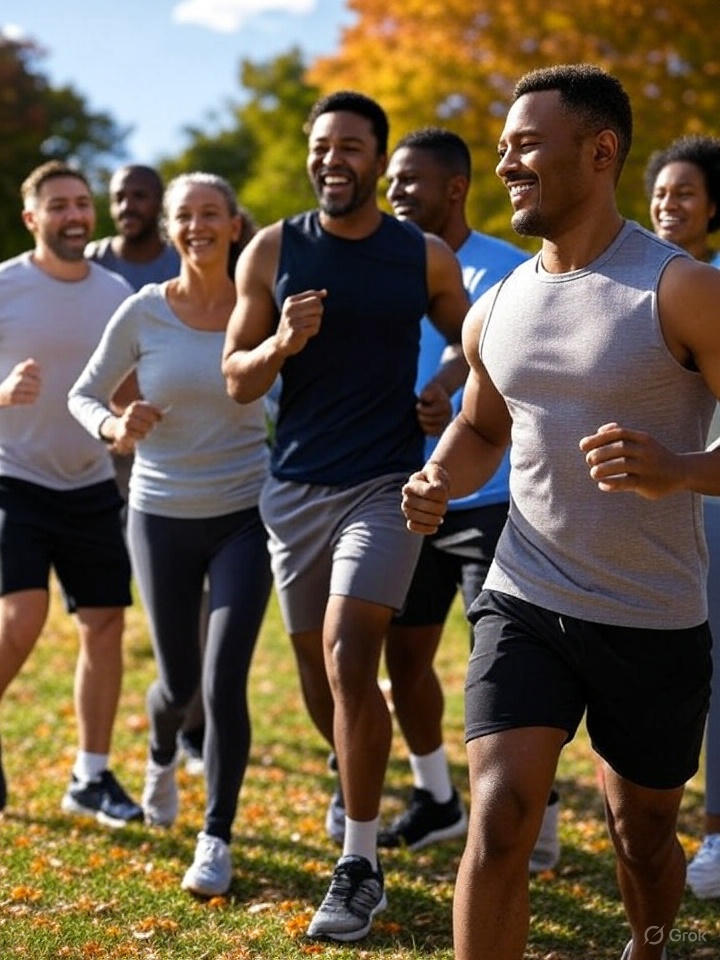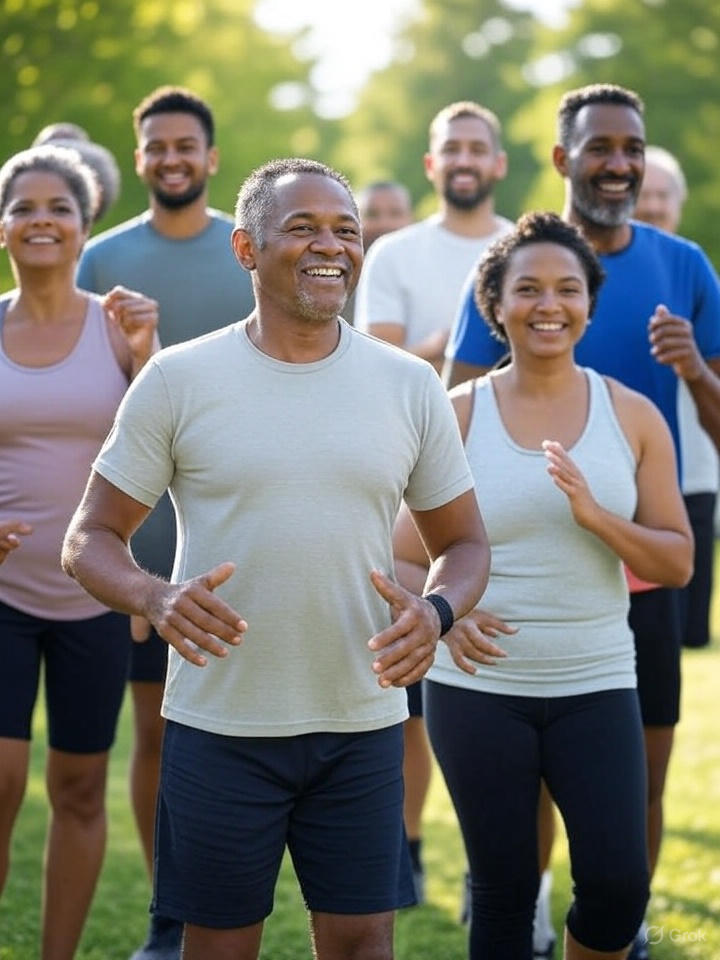Nearly a third of adults worldwide—about 1.8 billion people—fail to meet the WHO’s recommended 150 minutes of moderate-intensity physical activity each week, a startling rise from 26% in 2010 to 31% in 2022, expected to reach 35% by 2030 (World Health Organization). This inactivity contributes to cardiovascular disease, diabetes, certain cancers, and mental health issues such as depression and anxiety (World Health Organization).
Physical vs. Mental Health Benefits
While all exercise delivers physical health benefits—like reducing the risk of heart disease, stroke, and cancer—the mental health perks vary significantly depending on how people exercise . Studies show that simply meeting activity guidelines is not enough; the context, purpose, and joy in exercise matter.
- The CDC notes that regular physical activity improves mood, cognition, and decreases the risk of dementia (Real Simple, CDC).
- Neurobiologically, aerobic exercise enhances brain function via stimulating neuroplasticity and reducing stress responses (Wikipedia).
Joyful Exercise Brings Bigger Mental Gains
A new University of Georgia study highlights that exercise enjoyment and social connection—like working out with friends or in group classes—can be just as beneficial for mental well-being as intensity or duration (Real Simple). Participants who exercised in fun, social settings reported greater mood boosts than those doing solitary workouts.
Similarly, a UCL-led study emphasizes matching exercise to personality. Extroverts, for example, gain more mental benefits from group or high-intensity sessions, while those higher in neuroticism benefit more from relaxed, solo routines (Real Simple). Importantly, the WHO’s inactivity data often overlook the enjoyment factor, which greatly influences mental outcomes .

Experts Emphasize Enjoyment Over Obligation
Health researchers argue that enjoyment is the key to sustainable, mentally nourishing fitness:
- Michelle Segar (Univ. of Michigan) found that people who view exercise as fulfilling—social, goal-driven, relaxing—stick with it more than those who see it as a chore (TIME).
- A Guardian report echoed this, warning that rigid fitness targets may deter participation, while enjoyable activities—like casual swimming—are more accessible for people with mental health challenges (The Guardian).
Practical Takeaways
To maximize mental benefits from exercise, experts recommend:
- Find what you enjoy: Whether it’s dancing, cycling, playing tag with your kids—even short walks can uplift mood (TIME).
- Socialize: Group classes, sports, community rides, walking groups amplify connections—a key to mental well-being .
- Personalize it: Tailor activity to personality preferences and daily rhythm for better adherence (TIME).
- Any movement counts: Even brief bursts throughout the day support brain health, stress reduction, and emotional balance (CDC).
Why It Matters
- Public health crisis: Inactivity contributes to physical and mental illness globally; with 31% inactive, the economic and social burden is immense (World Health Organization).
- Policy shift needed: WHO recommends community-level initiatives to support active, enjoyable environments—not just enforcing exercise quotas .
- Mental health priority: With growing mental health challenges, accessible, enjoyable physical activity offers a scalable, evidence-based solution .
Bottom Line
Physical inactivity remains a global concern, but enjoying exercise—through social engagement, fun settings, or personal preferences—can unlock significant mental health gains. To truly win the wellness game, it’s time to shift from obligation-driven routines to joy-driven movement that people want to maintain.


